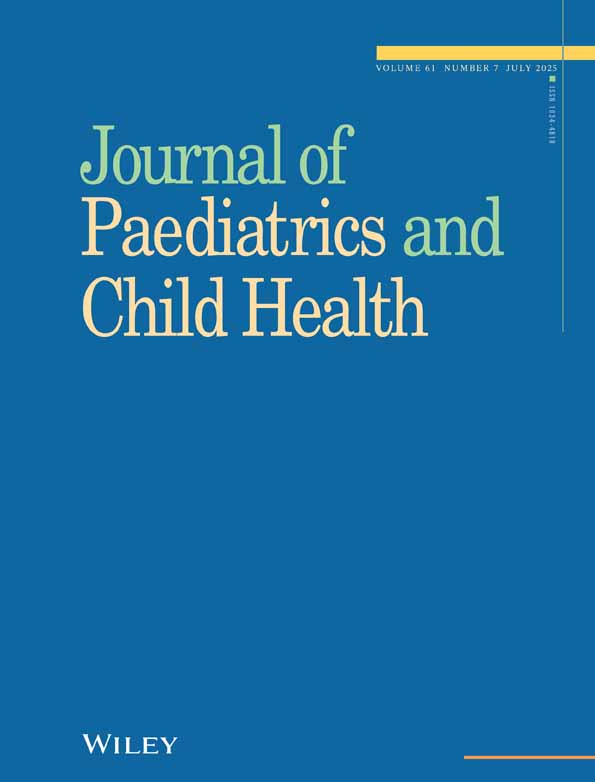Congenital malformations in Victoria, Australia, 1983–95: An overview of infant characteristics
Abstract
Objective:
To provide an overview of the characteristics of Victorian infants born between 1983 and 1995 who are affected by one or more of 27 sentinel birth defects.
Methodology:
Using data on congenital malformations supplied to the Victorian Perinatal Data Collection Unit from multiple sources between 1983 and 1995, information was summarised for 25 231 infants (born at 20 weeks or more) and 1566 terminations of pregnancy before 20 weeks’ gestation.
Results:
During the 13-year study period in Victoria, 3.2% of babies had at least one malformation. Congenital dislocation of the hip was the most common defect with a prevalence of 28.9 per 10 000 pregnancies or 1/346. Increase in birth prevalence between 1983 and 1995 is greatest in obstructive defects of the renal pelvis, hypospadias and the trisomies 21,13 and 18. Nearly 50% of pregnancies affected by anencephaly were terminated before 20 weeks compared to 26% affected by spina bifida. The perinatal mortality of infants born at 20 weeks or more with congenital malformations is more than 10 times greater than that of infants without any malformations. Males are more at risk of being born with a malformation than females. Congenital malformations are more common in infants of multiple pregnancies and those of low birthweight.
Conclusion:
This large data collection is a valuable source of information for perinatal epidemiologists, for providers of prenatal diagnostic services and for the care of the disabled. In addition, the continued reporting and monitoring of birth defects will allow for targeted research that may lead to a better understanding of their aetiology.




